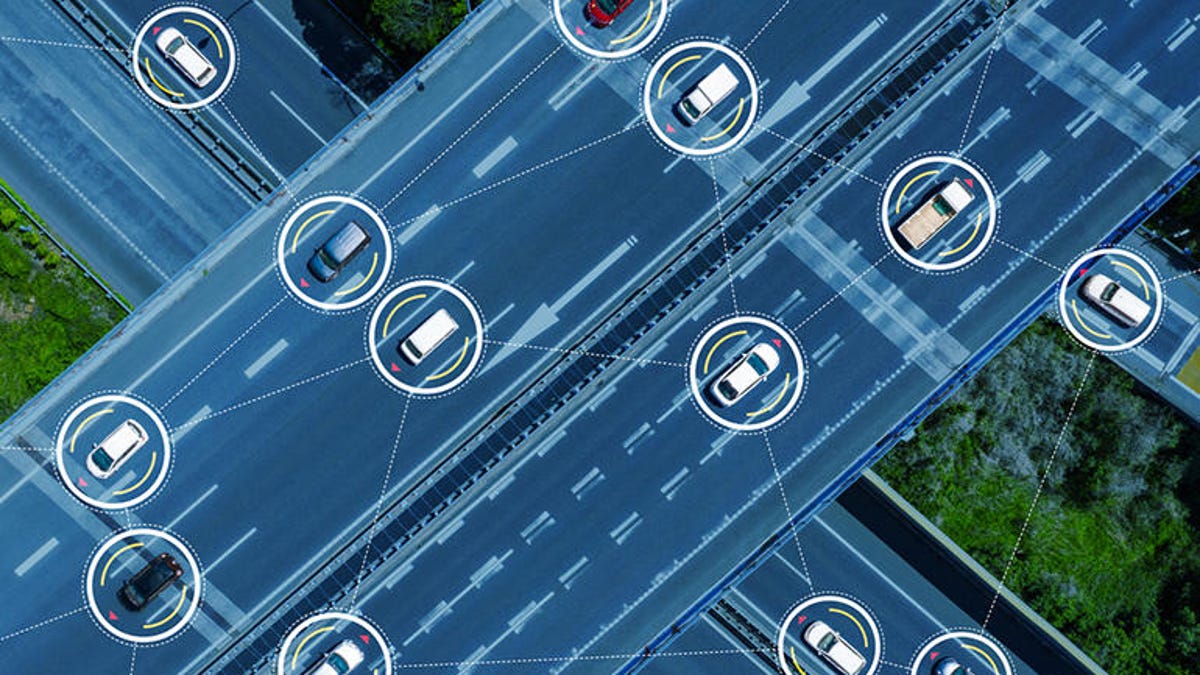
South Korea has chosen cellular vehicle-to-everything (C-V2X) direct communications as its standard for the building of its next-generation vehicle communication system.
The Ministry of Science and ICT and the Ministry of Land, Infrastructure and Transport said on Tuesday that the country will use LTE-V2X exclusively for the building of a Cooperative-Intelligent Transport Systems (C-ITS).
C-ITS aims to allow advanced communications between vehicles and base stations around the road to increase road safety. The system is expected to lay the foundation for the deployment of automated driving vehicles
The ministries in 2021 announced that it will begin trials to determine by 2023 whether it will use C-V2X, which uses cellular mobile networks, or dedicated short-range communications (DSRC), which is a variant of Wi-Fi, as its standard for C-ITS. In September, approximately 150 experts in a public hearing hosted by the science ministry proposed C-V2X.
South Korea plans to start nationwide deployment of C-ITS next year. The science ministry said it hoped that the selection of LTE-V2X would promote infrastructure spending and product development around the technology.
Deployment of LTE-V2X-based C-ITS is expected to start in earnest in countries such as the United States, China, and India, which will present South Korean companies to expand globally, the ministry added.
C-V2X is promoted by chip giant Qualcomm and automaker Ford in the United States and Huawei, the world’s largest telecom equipment maker, in China.
Electric Vehicles



